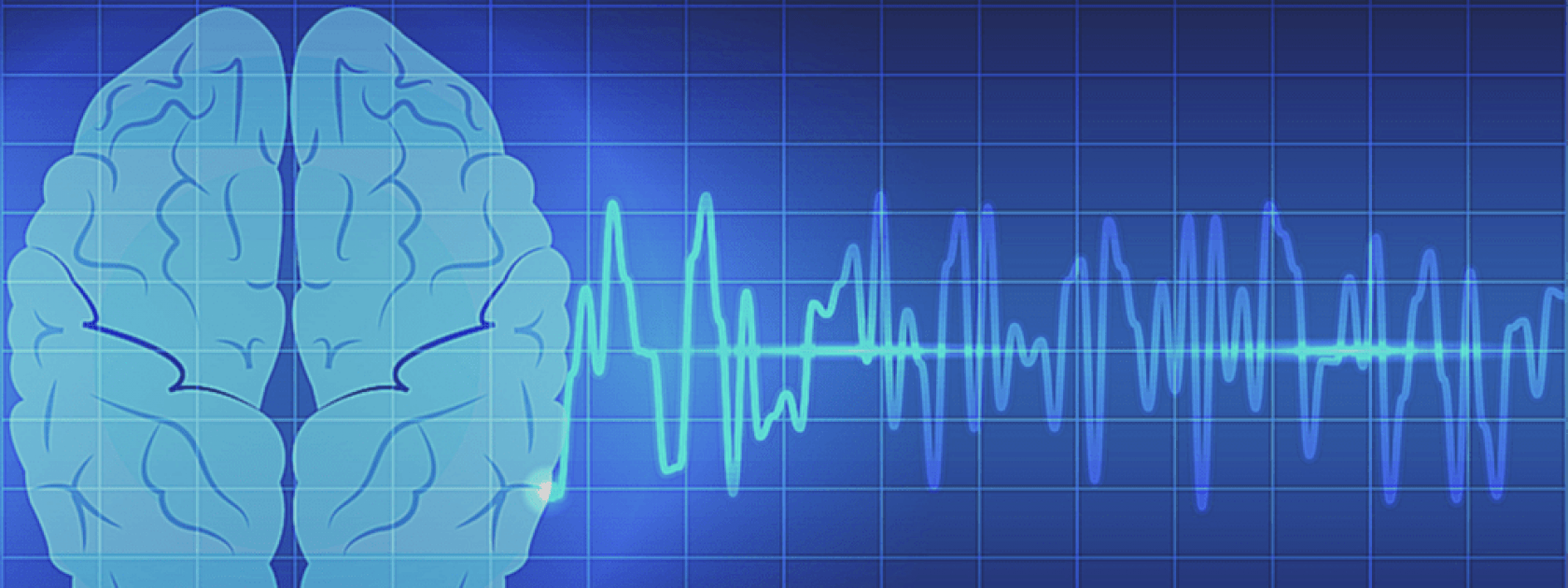Current Projects
Micro Heat
Erika Howe and Michael Apollinaro
Background: Cooling techniques can reduce sensory feedback, whereas heating has shown it can enhance tactile perception. Whether the afferent firing changes in response to heat is unknown. It is possible that heating can be used to augment sensory feedback and improve balance measures.
Purpose: Using microneurography to examine the cutaneous afferent response to heating the foot sole.
Eligibility: Healthy, young adults (18-40yrs) with no known vascular, or neurological disorder.
Contact: ehowe01@uoguelph.ca (Erika)
Pressure Flow
Erika Howe and Michael Apollinaro
Background: The foot sole undergoes high, repetitive pressures during standing and gait over a lifetime, yet the skin tissue and sensory feedback remain viable throughout a lifetime.
Purpose: Using a custom-built loading device and a blood flow camera to examine the real-time blood flow reactivity to sustained and repetitive loading profiles over the whole foot sole.
Eligibility: Healthy, young adults (18-40yrs) with no known vascular, or neurological disorders. No history of smoking, and exercise and caffeine intake not permitted 24 hours prior to experiment.
Contact: ehowe01@uoguelph.ca (Erika)
Perceptual Methods Comparisons
Erika Howe and Michael Apollinaro
Background: Semmes-Weinstein monofilaments (SWM) are a tool utilized both in research psychophysics and in clinical diagnostics to assess cutaneous touch sensitivity. Determining accurate perceptual thresholds can be accomplished using various presentation models but how their outcomes directly compare is unknown.
Purpose: Determine perceptual threshold differences and assessment characteristics between three different monofilament protocols
Eligibility: Healthy, young adults (18-40yrs) with no known vascular, or neurological disorders.
Contact: ehowe01@uoguelph.ca (Erika)
Intrinsic Foot Cutaneous Reflexes
Tushar Sharma (in collaboration with Dr. Brian Dalton at the University of British Columbia – Okanagan)
Background: Reflex responses from the cutaneous mechanoreceptors of the foot help us maintain balance while standing and walking. However, these reflexes have not been characterized in the small muscles of the foot which are active during tasks such as standing and walking.
Purpose: To characterize properties of cutaneous reflexes in the intrinsic foot muscles.
Eligibility: Healthy, young adults (18-40 years old) with no history of neuromuscular disorders.
Contact: tushar@uoguelph.ca (Tushar)
Stochastic Resonance Effects in Cutaneous Reflexes
Emma Plater & Tushar Sharma (in collaboration with Dr. Ryan Peters at the University of Calgary)
Background: Cutaneous reflex responses are important for the successful maintenance of balance during walking and standing. If we can enhance these reflexes using the stochastic resonance phenomenon, it may have beneficial effects on balance in populations with deficiencies.
Purpose: To enhance cutaneous reflex generation using the stochastic resonance phenomenon.
Eligibility: Healthy, young adults (18-40 years old) with no history of neuromuscular disorders.
Contacts: tushar@uoguelph.ca (Tushar), platere@uoguelph.ca (Emma)
Enhancing Rate of Force Development using Cutaneous Stimulation
Giacomo Passarelli & Tushar Sharma (in collaboration with Dr. Geoff Power at the University of Guelph)
Background: When responding to perturbations that force us to become unbalanced, it is important to be able to generate forces/torques quickly to regain balance. If we can use cutaneous stimulation to enhance rate of force development, we may be able to help prevent falls and fall-related injuries.
Purpose: To determine the effects of plantar cutaneous stimulation on rate of force development during rapid contractions.
Eligibility: Healthy, young adults (18-40 years old) with no history of neuromuscular disorders.
Contacts: tushar@uoguelph.ca (Tushar), gpassare@uoguelph.ca (Giacomo)
Electrotactile Perception in the Foot Sole and Palm
Michael Apollinaro and Daniel Mills
Background: Electrotactile stimulation may be used for sensory substitution. Knowledge of the stimulus parameters which generate varied percepts is a vital step in the development of consistent biomimetic stimulations. Stimulations are to be evaluated across different skin regions under varied patterns and timings to better understand electrotactile perception.
Purpose: Investigate the stimulus properties which lead to various electrotactile percepts using electrotactile stimulation.
Eligibility: Healthy, young adults (18-40yrs) with no known vascular, or neurological disorders. No history of smoking, and exercise and caffeine intake not permitted 24 hours prior to experiment.
Contact: mapollin@uoguelph.ca (Michael)
Vibrotactile Sensory Substitution for Knee Proprioception
Daniel Genaro and Emma Plater
Background: Limb loss results in an anatomical and physiological loss of function. Prostheses are a convenient tool to recover limb symmetry, however, they fail to provide users with the ability to sense the location of the limb. As such, sensory substitution methods aim to provide cues relating to the absent sensation to restore normal function.
Purpose: Examine the ability to determine knee position from vibration.
Eligibility: Healthy adults (18-65yrs) with no known vascular, or neurological disorders.
Contact: dgenaroj@uoguelph.ca (Daniel), Platere@uoguelph.ca (Emma)
Come Join Us!

The Bent Neurophysiology Lab is always looking for people to volunteer as research subjects! Here you will find the ongoing research projects in our lab, as well as background information, eligibility requirements, and contact information.
Don’t understand something regarding the information or eligibility? Feel free to send an email to the contact associated with the project as we’re always open to answering questions and helping out!
As for volunteering as a subject, if you are interested we ask you fill out the form below. When in need of subjects, a member of our lab will contact you for an available date/time. The Bent Neurophysiology Lab is thankful for your willingness to be a volunteer subject and is looking forward to connecting with you in the near future.


